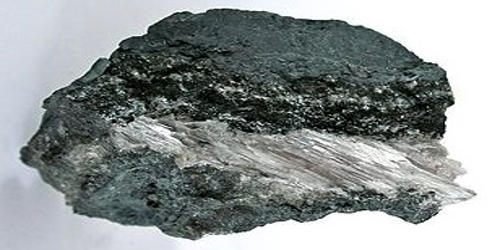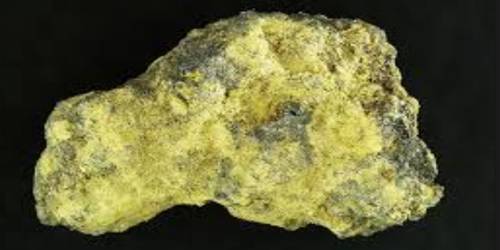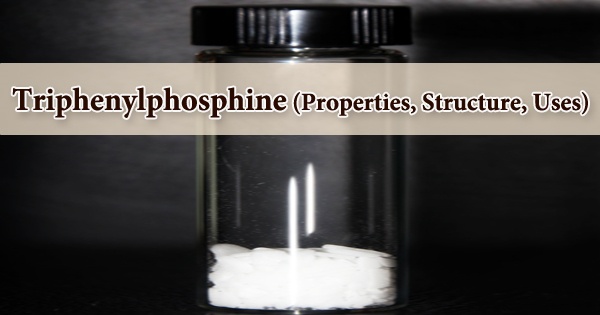Merenskyite is a rare telluride / bismuthinide mineral with formula: (Pd, Pt)(Te, Bi)2. It is a trigonal-ditrigonal pyramidal white mineral containing bismuth, palladium, platinum, and tellurium. Tellurides with Ag and /or Au are widespread in meso and epithermal environments; they are structurally controlled and genetically related to Jurassic or Miocene-Pliocene volcanism.
Merenskyite was first described in 1966 for an occurrence in the Merensky Reef of the Western Bushveld Igneous Complex, South Africa, and named for South African geologist Hans Merensky (1871–1952).
General Information
- Category: Telluride mineral
- Formula: (repeating unit) (Pd, Pt)(Te, Bi)2
- Crystal system: Trigonal
- Crystal class: Hexagonal scalenohedral (3m)

Properties
It is an opaque white to a light gray metallic mineral that occurs as inclusions within other minerals such as chalcopyrite. It crystallizes in the trigonal crystal system.
- Color: White, grayish white
- Crystal habit: Microscopic inclusions, intergrowths with other Pd–Pt minerals
- Mohs scale hardness: 3.5
- Diaphaneity: Opaque
- Specific gravity: 8.547
- Hardness: 2-3 – Gypsum-Calcite
- Luster: Metallic
Occurrence: A principal Pd–Pt-bearing mineral, associated with numerous other Pt–Pd species; typically in disseminated interstitial segregations of Cu–Fe–Ni sulfides and enclosing silicates. Several polymetallic deposits containing tellurides and Te-bearing minerals occur in different geologic terrains of Argentina.
Association: Moncheite, melonite, kotulskite, michenerite; sperrylite, laurite, cooperite; chalcopyrite, pyrrhotite, pentlandite, pyrite; chromite, magnetite.
Information Source:
















